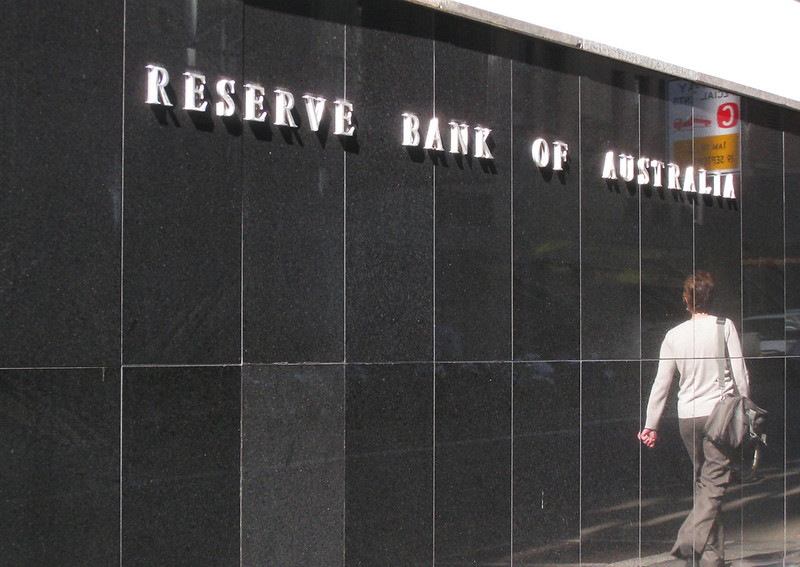The RBA faces a pivotal decision on February 18, 2025, with forecasts pointing to a 0.25% cash rate reduction from 4.35% to 4.10%. This would mark the first cut since the pandemic, coming as quarterly inflation sits at 2.4%.
The banking sector calculations show precise dollar impacts: A $600,000 variable-rate mortgage would see $92 monthly payment reductions, provided banks pass the full cut through. The lending math gets granular – Canstar’s analysis reveals a single person on $100,292 annual income could access $12,000 more in borrowing capacity at 4.10%. For dual-income households, that lending power expands by $23,000.
“We’re acutely aware of how much our customers would be looking forward to rate relief,” Commonwealth Bank CEO Matt Comyn told ABC’s business editor Michael Janda.
The property market equations from CoreLogic chart potential price trajectories: A one percentage point rate drop historically correlates to a 6.1% national dwelling value increase. Their suburban analysis flags Leichhardt’s median $2.329 million price potentially climbing 19.1% ($460,000) on a full point reduction.
Similar Posts:
Bank forecasts diverge on 2025’s rate path: ANZ calculates one more cut to 3.85% by August. CBA and NAB project 3.35% by December. Westpac’s models also reach 3.35% but by November.
For mortgage holders weighing repayment strategies, Finder’s calculations demonstrate maintaining current payment levels post-cut could trim six years off loan terms and reduce interest by $294,519 over the full term.
Political voices have entered the rate discourse. “Families need relief,” Opposition Leader Peter Dutton stated. Labor MP Sam Rae was direct: “My community needs a cut.”
Treasurer Jim Chalmers maintained technical neutrality: “We take no outcome for granted this week when it comes to decisions about interest rates.”
The mortgage market implications stretch beyond immediate payment relief. With CoreLogic’s data showing prime Sydney markets like Warringah (current median: $2.4 million) potentially seeing 18% gains on a one-point rate drop, the lending-to-price ratio dynamics suggest increased market activity ahead.


















